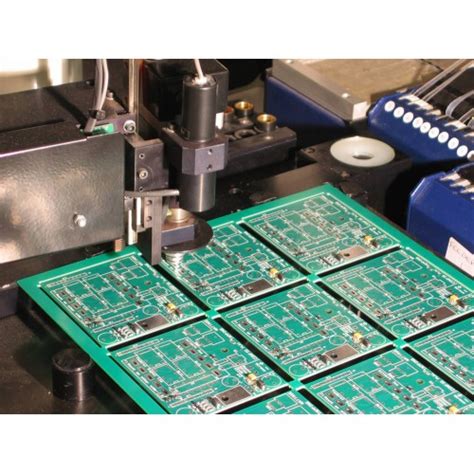
ALL ABOUT FLEX PCB
-
How to Choose the Best PCB Assembly Company
Posted by
–
 Read more: How to Choose the Best PCB Assembly Company
Read more: How to Choose the Best PCB Assembly CompanyIntroduction Printed Circuit Board (PCB) assembly is a crucial process in the electronics manufacturing industry. Choosing the right PCB Assembly company can make a significant difference in the quality, reliability, and cost-effectiveness of your final product. In this article, we will discuss the key factors to consider when selecting a […]
-
Automotive PCB: Your Ultimate Guide
Posted by
–
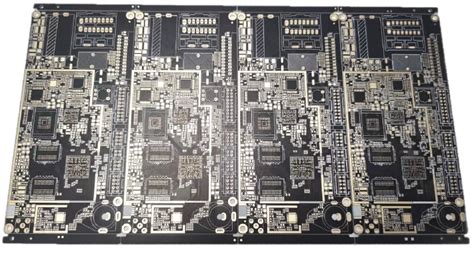 Read more: Automotive PCB: Your Ultimate Guide
Read more: Automotive PCB: Your Ultimate GuideWhat is an Automotive PCB? An automotive PCB is a specialized printed circuit board designed to withstand the harsh environmental conditions and stringent reliability requirements of the automotive industry. These PCBs are found in various electronic systems within a vehicle, such as engine control units (ECUs), infotainment systems, advanced driver […]
-
How to Choose the Right PCB Thickness?
Posted by
–
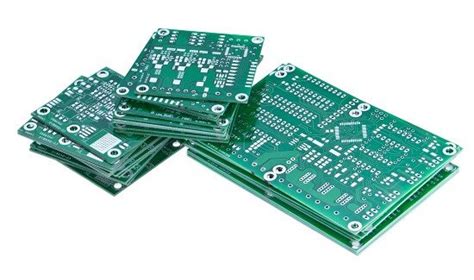 Read more: How to Choose the Right PCB Thickness?
Read more: How to Choose the Right PCB Thickness?Introduction to PCB Thickness Printed Circuit Boards (PCBs) are essential components in modern electronic devices. They provide a platform for mounting and interconnecting electronic components, enabling the proper functioning of the device. One crucial factor to consider when designing or selecting a PCB is its thickness. PCB thickness plays a […]
-
How to Find the Best PCB Board Manufacturer?
Posted by
–
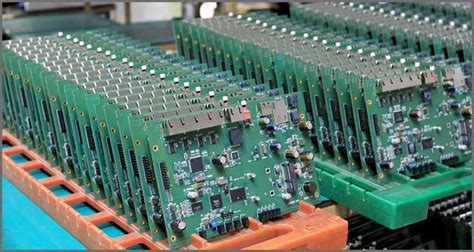 Read more: How to Find the Best PCB Board Manufacturer?
Read more: How to Find the Best PCB Board Manufacturer?Understanding PCB Manufacturing Before diving into the selection process, it’s important to have a basic understanding of PCB manufacturing. PCBs are created by laminating thin layers of insulating material and copper to form a multi-layered board. The copper layers are etched to create conductive tracks, pads, and other features that […]
-
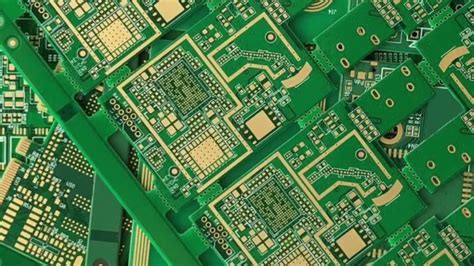 Read more: What is Multilayer PCB? Definition, Manufacturing & Applications
Read more: What is Multilayer PCB? Definition, Manufacturing & ApplicationsIntroduction to Multilayer PCBs A Multilayer PCB, or Multilayer Printed Circuit Board, is a complex circuit board that consists of multiple layers of conductive copper foil laminated together with insulating material. These layers are interconnected through carefully drilled holes called vias, allowing for intricate electrical connections between different layers. Multilayer […]
-
Through hole pin length and PCB thickness
Posted by
–
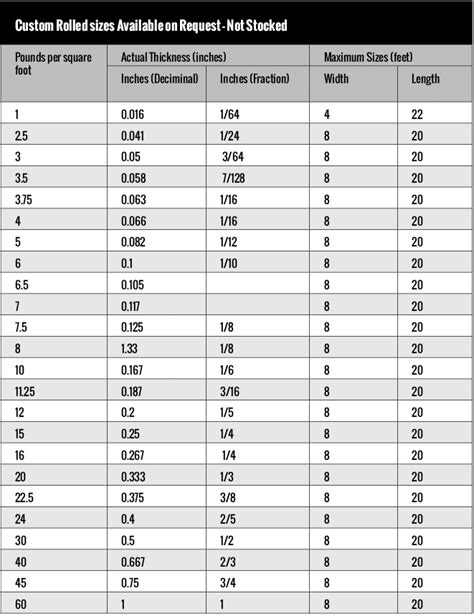 Read more: Through hole pin length and PCB thickness
Read more: Through hole pin length and PCB thicknessIntroduction to Through Hole Components and PCB Design Through hole technology has been a staple in the electronics industry for decades. Despite the rise of surface mount technology (SMT), through hole components still play a crucial role in many applications, particularly where mechanical stability, high power handling, or ease of […]
-
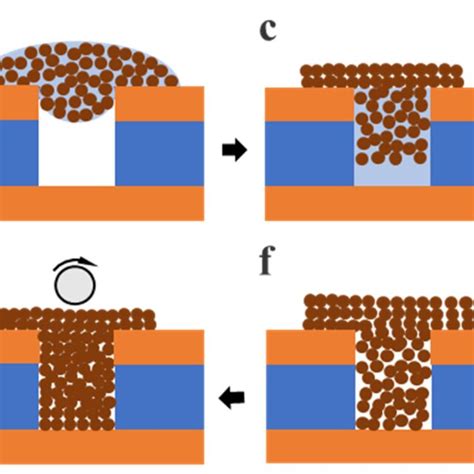 Read more: Increase The Integration Density of PCB With Blind Microvia
Read more: Increase The Integration Density of PCB With Blind MicroviaIntroduction to Blind Microvias Blind microvias are a type of interconnect technology used in high-density printed circuit boards (PCBs) to increase the integration density and minimize the size of the board. Unlike traditional through-hole vias that span the entire thickness of the PCB, blind microvias only extend from the surface […]
-
 Read more: Aluminum PCB Flex and Rigid MCPCB Manufacturing At One-Stop
Read more: Aluminum PCB Flex and Rigid MCPCB Manufacturing At One-StopIntroduction to MCPCB Manufacturing Metal Core Printed Circuit Board (MCPCB) manufacturing is a specialized process that combines the advantages of traditional PCBs with the thermal management properties of metal substrates, particularly aluminum. MCPCBs are widely used in applications that require efficient heat dissipation, such as high-power LED lighting, automotive electronics, […]
-
IoT Electronics Manufacturing
Posted by
–
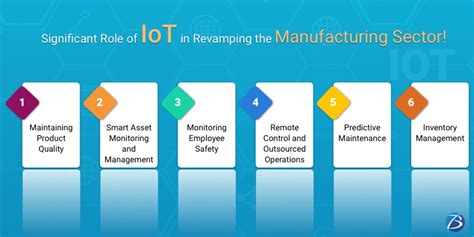 Read more: IoT Electronics Manufacturing
Read more: IoT Electronics ManufacturingWhat is IoT in Electronics Manufacturing? IoT in electronics manufacturing refers to the integration of connected devices, sensors, and software into production processes. This allows for real-time monitoring, data collection, analysis, and optimization of manufacturing operations. IoT systems can track assets, monitor equipment health, control processes, and enable predictive maintenance. […]
-
IPC APEX EXPO Feb-2018, San-Diego, United States
Posted by
–
 Read more: IPC APEX EXPO Feb-2018, San-Diego, United States
Read more: IPC APEX EXPO Feb-2018, San-Diego, United StatesOverview of IPC APEX EXPO 2018 IPC APEX EXPO is the largest event for the electronic interconnect industry in North America. The 2018 edition was held from February 27 to March 1 at the San Diego Convention Center in San Diego, California, United States. The conference and exhibition brought together […]




